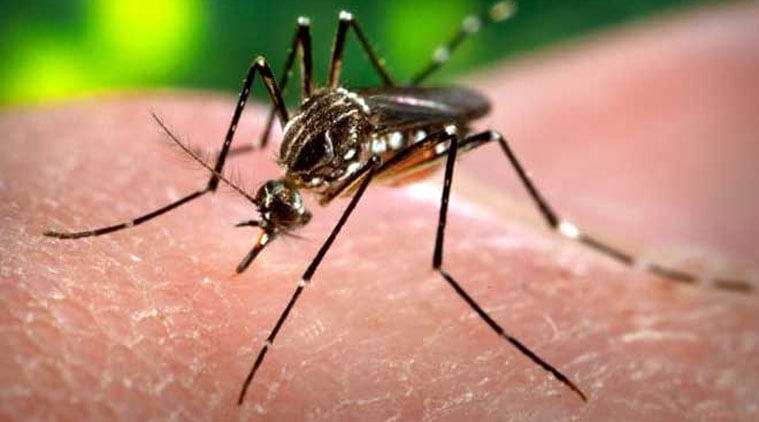Delhi: Dengue cases see a spike in capital, authorities to step up house visits
So far, the total dengue cases in Delhi have reached 243. Last year, this figure was 1,177. In Delhi, where monsoon starts on June 29, the highest amount of rainfall is seen in the month of August after which it recedes.
 The months of September and October, over the past five years, have seen the maximum number of vector-borne diseases. (Representational)
The months of September and October, over the past five years, have seen the maximum number of vector-borne diseases. (Representational)
While dengue cases in the city this year are the lowest in four years, the sudden spike in a week has got government agencies on their toes. The city saw 106 cases of dengue, 30 cases of malaria and 13 cases of chikungunya between September 8-15. Experts attributed the jump to the drop in rains. The months of September and October, over the past five years, have seen the maximum number of vector-borne diseases.
So far, the total dengue cases in Delhi have reached 243. Last year, this figure was 1,177. In Delhi, where monsoon starts on June 29, the highest amount of rainfall is seen in the month of August after which it recedes. Monsoon ends in September, but temperatures start falling only in November, making September and October dry and warm — ideal conditions for mosquito breeding.
The number of cases this year have been fewer compared to the last three years, primarily because of the regular rain the city received. Over the past week, the highest number of cases that could be traced —19 — has been recorded from the jurisdiction of the South Corporation, followed by 16 cases from areas under the New Delhi Municipal Council.
The highest number of cases that could not be traced to a location was 53. “Mosquitoes can’t breed properly if rains are regular. Delhi has been lucky this year. Looking at the trends so far, we don’t think there will be many cases in the coming months as well. We are, however, continuing our awareness programmes and house visits to check mosquito breeding,” said a senior government official.
According to SM Raheja, additional director, public health, Delhi government, adequate preparations have been made to tackle the cases. Mayor of SDMC Narender Chawla said the workers have been asked to step up vigil, especially in under-construction buildings.



- 01
- 02
- 03
- 04
- 05




























